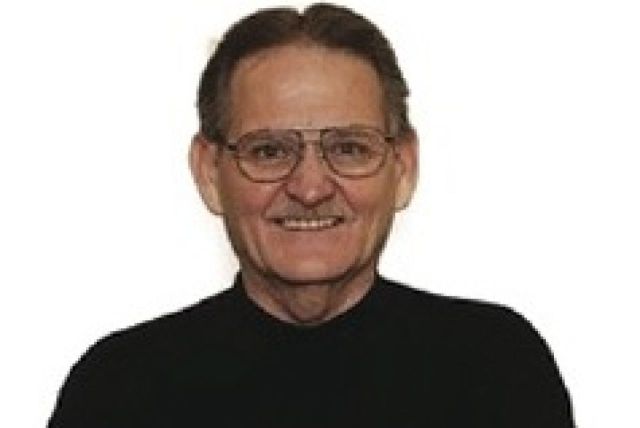Warts and All

There was never any real question in his mind, much past fourth grade. He wanted to teach history and government. Fourth grade was a tipping point in his thinking about the eternal question, “What do you want to be when you grow up?” There were a few times when he briefly thought about other career options as he went through junior high and high school, but he always came back to teaching history and government. Fourth grade was a key year because of one of the two teachers he had that year.
The school he attended was a two-room building erected in 1911. It was torn down in 2022. His class of fourth graders was about 40 in number. The classrooms were small, so the students were divided in half, and they switched teachers after lunch. The teacher he had in the morning was good. She taught math, geography, spelling, and reading. To this day when writing a check, he proofs his math by adding his answer to the subtrahend to see if it equals the minuend. If it does, he’s good to go. She was also the teacher who introduced him to the concept of the Oxford comma. Of course, she taught other things, but he could always attribute those two useful nuggets of knowledge directly to her.
The teacher he had in the afternoon, wasn’t good; that’s because she was great! Of all of the teachers, professors, instructors, (BTW, that’s an Oxford comma) and mentors he ever had, she’d be in the top three, no question. She taught history and government, handwriting, and science, but history and government were her favorites. That was obviously clear. Although they had a textbook on American history and government, she had what seemed at the time to be an endless supply of books from which she would read to the class.
It wasn’t uncommon for her to take the class outside and read to them in the shade behind the school. There was a small fieldstone wall behind the building that kept the adjacent hill side from creeping over a rather broad walkway. The students sat along the walkway, and she sat on the wall, on a small cushion that she took off of her desk chair. She read about presidents, inventors, scientists, military leaders, poets, social leaders and other notables. She made sure that politics, gender, race, religion or any other such factors played no part in the stories she shared. She didn’t have to tell her students what she was reading was important, the way she read it sent that message loud and clear.
When she was done reading, she’d always take questions. If there was something she didn’t know, she’d tell the class, then they would do what they could to find an answer. Often a set of encyclopedias in her room was the source of that information. A time or two, she’d promised to have the answer the next day. The local newspaper offered a phone number to the community that provided access to their librarian. It wasn’t called a hotline back then, but that’s most certainly what it was. Oh, if she would have had a computer and the internet!
She shared many stories with her students. Through them all, there ran a simple yet profound lesson. It went beyond the names, dates, facts, tragedies, great events, failures, accomplishments, and fascinating anecdotes in her stories. That unpretentiously yet insightful lesson was that the individuals whose stories she was sharing were human. They were people, flawed characters, who lived their lives out imperfectly, as we all do. There was something, however, that set the Abraham Lincolns, the Susan B. Anthonys, the Thomas Edisons, the George Washington Carvers, and the Eleanor Roosevelts apart. They accomplished something worthy of attention in spite of their human frailty, beyond their flawed characters, and aside from their shortcomings.
Her stories and how she chose to share them, demonstrated, at least to that fourth grader, that history is neither to be the study of a pantheon of pure and faultless individuals to be idolized, nor is it meant to be a rogue’s gallery, where the worst in individuals should be accepted as the full measure of their lives. History, then can and should be the study of who and what was, warts and all.
To have meaning and value, history must be embraced with open, reflective, and thoughtful intent to explore the good, the bad, and the ugly lessons it freely offers. Then and only then can history be genuinely and fully embraced. And in that deep embrace, history’s rich lessons can be empathetically applied in the present, so as to improve the human experience, as we flawed characters continue our journey onward!
